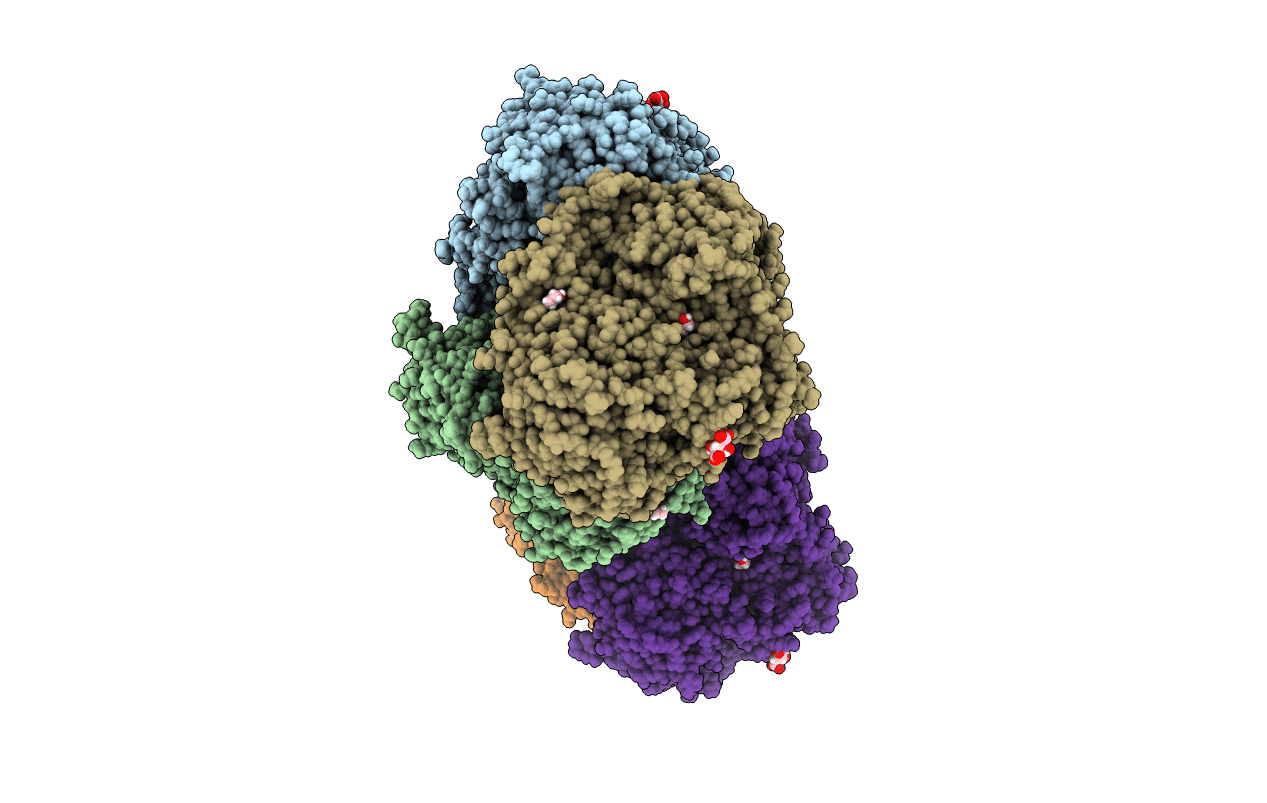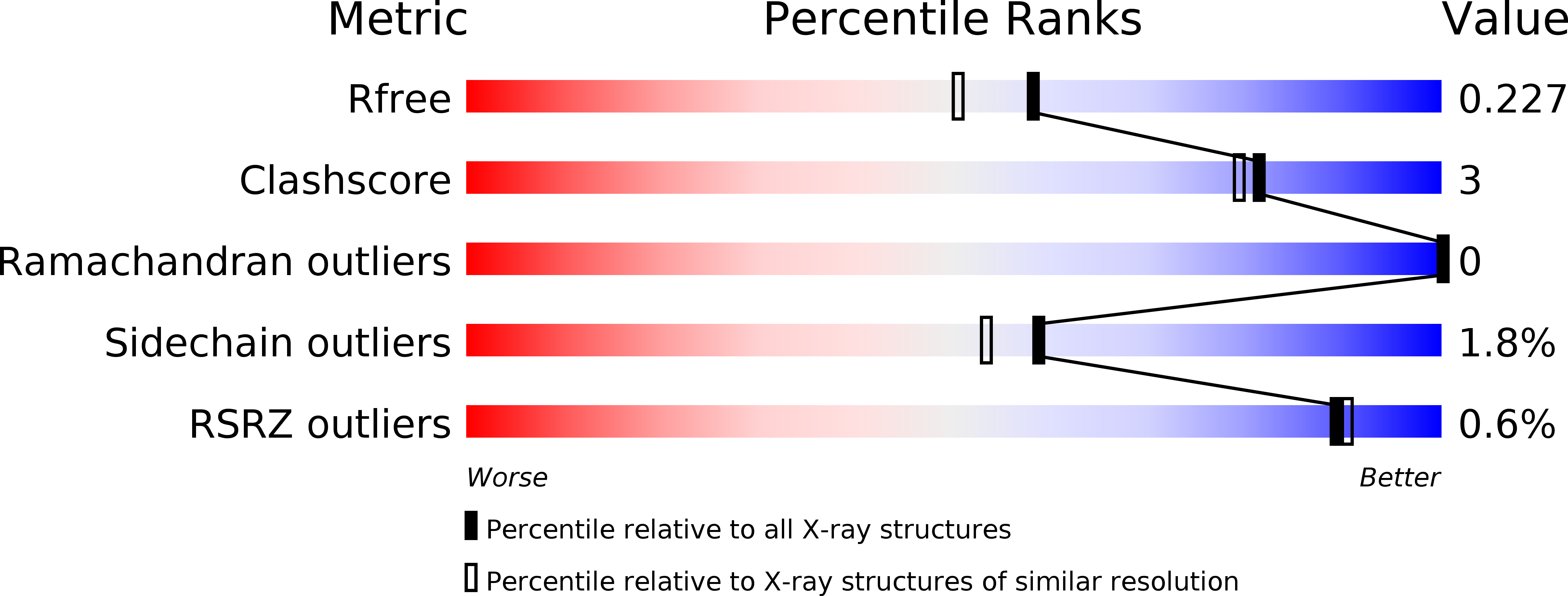
Deposition Date
2019-10-16
Release Date
2020-01-01
Last Version Date
2024-05-15
Entry Detail
Biological Source:
Source Organism:
Bacteroides salyersiae (Taxon ID: 291644)
Host Organism:
Method Details:
Experimental Method:
Resolution:
1.91 Å
R-Value Free:
0.22
R-Value Work:
0.19
Space Group:
P 1


